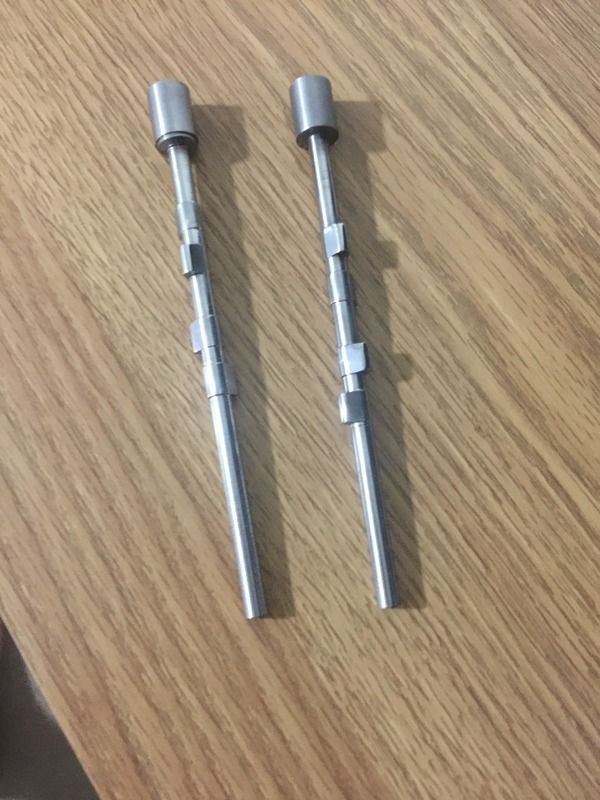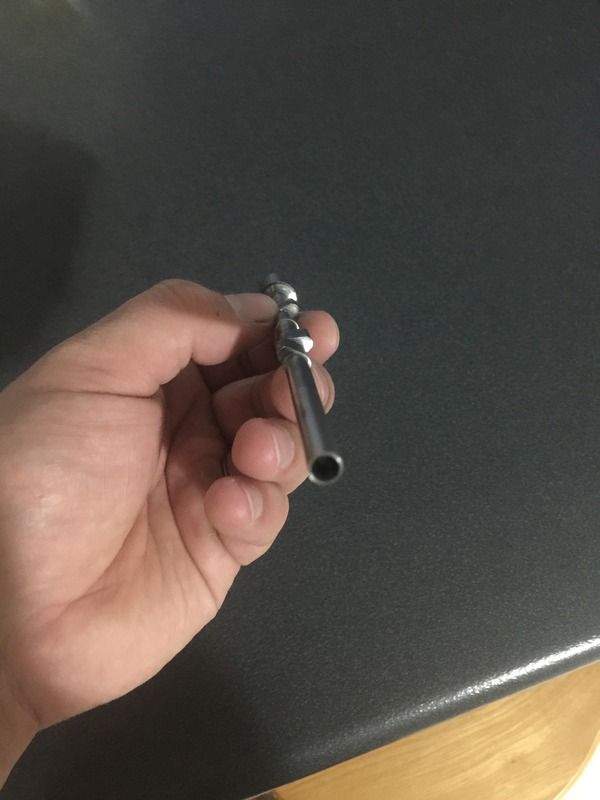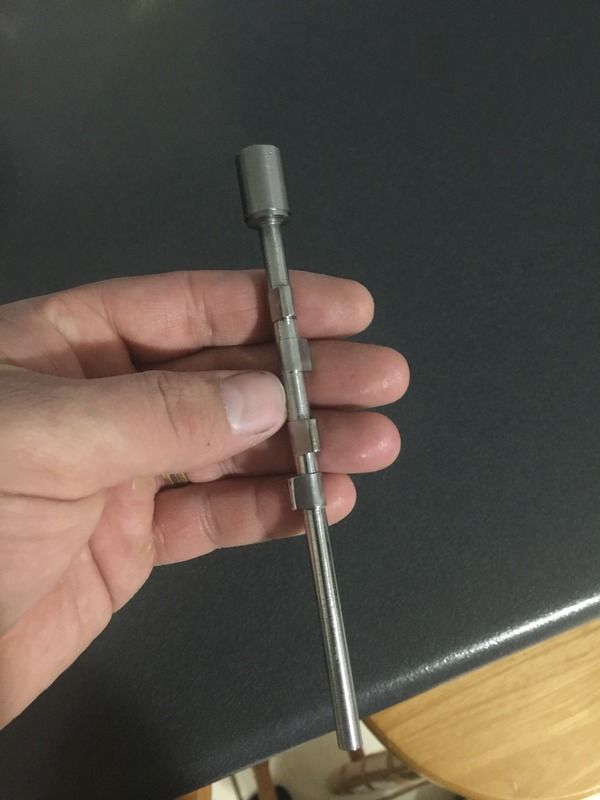- Joined
- Dec 9, 2015
- Messages
- 327
- Reaction score
- 349
Hi all
I have several questions that are important and I hope they make sense. When talking about cam duration, this is measured using crank degrees and not cam degrees? So if I want a duration of 220 degrees for example, I'd be leaving 110 degrees of material if I used the rotary table and mill to make the cams. Is this correct?
But lobe separation is measured in cam degrees and not crank degrees?
For my twin cam v4 engine, I've chosen to use the same cylinder layout and firing order as the peewee v4. It will also rotate in a CW direction.
Firing order is 1-3-2-4, with cylinders 1 and 3 on the left bank and cylinder 2 and 4 on the right bank.
In degrees, the firing order is 0, 180, 450, 630. Cylinders 1 and 3 are 180 degrees apart as are cylinders 2 and 4, so am I correct in saying that both cams will be the same? And lastly, will the cam lobes for cylinder 3 be 90 degrees out from cylinder 1? (Same as cylinder 4 to 2).
I hope these questions make sense, it's more just a confirmation as to whether the information is correct or not before I start milling.
Thank you all
Andy
I have several questions that are important and I hope they make sense. When talking about cam duration, this is measured using crank degrees and not cam degrees? So if I want a duration of 220 degrees for example, I'd be leaving 110 degrees of material if I used the rotary table and mill to make the cams. Is this correct?
But lobe separation is measured in cam degrees and not crank degrees?
For my twin cam v4 engine, I've chosen to use the same cylinder layout and firing order as the peewee v4. It will also rotate in a CW direction.
Firing order is 1-3-2-4, with cylinders 1 and 3 on the left bank and cylinder 2 and 4 on the right bank.
In degrees, the firing order is 0, 180, 450, 630. Cylinders 1 and 3 are 180 degrees apart as are cylinders 2 and 4, so am I correct in saying that both cams will be the same? And lastly, will the cam lobes for cylinder 3 be 90 degrees out from cylinder 1? (Same as cylinder 4 to 2).
I hope these questions make sense, it's more just a confirmation as to whether the information is correct or not before I start milling.
Thank you all
Andy







